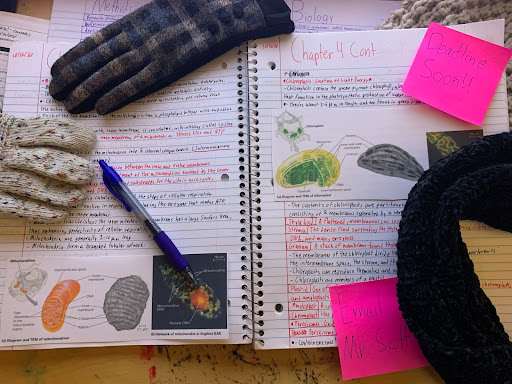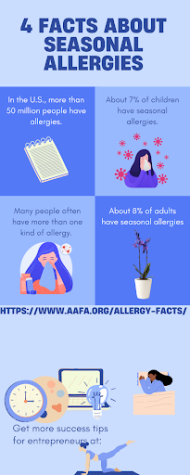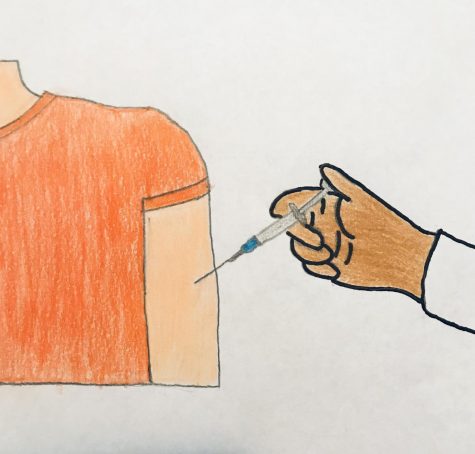The cold truth: Temperature’s negative impact on mental health

Photo credit: Kyleigh Egli
Senior Maddi Yee notices a correlation between cold weather and low motivation. “As the weather gets colder, I start losing motivation to do my work because I feel like I just kind of want to curl up in my bed,” Yee said. “When the warmer weather gets warmer, I feel that I get more motivated, because I can also like go outside, and that makes me want to do my work more.
November 23, 2021
Within the past month, the Grosse Pointes have seen outside temperatures within the broad range of 30 degrees to 60 degrees. A 2020 study finds that inconsistent temperatures can be linked to mental health. The authors, Mengyao Li, Susana Ferreira, and Travis A. Smith, explain that cooler days reduce the probability of reporting days of bad mental health, whereas hotter days increase that probability. However, those mental health impacts have a different period of effect. In hotter weather, the impact comes later, whereas it has an immediate effect in colder weather.
Psychology teacher Jennifer Weisbrodt has noticed the effect of both changing temperatures and the lack of sunlight on the mental health of students. She says that it does not allow for the things that humans require to be able to function in a way that is both pleasant and productive.
“As humans we like consistency,” Weisbrodt said. “In Michigan, we see a lot of inconsistent weather. That combined with lack of sun in the winter months can lead to changes in mood or Seasonal Affective Disorder.”
Seasonal Affective Disorder (SAD) is not necessarily fixated on a certain temperature change. This form of depression occurs in one of the two drastically different parts of the year: summer or winter. However, cases of the disorder most commonly occur during the colder months of the year. According to Enlightened Solutions, symptoms of SAD typically include depressed mood, sleeping too much, fatigue, lethargy, and increased appetite, especially for sugar and carbs.
All of the symptoms of SAD, which affect the mindset of many students, are more than just personal, as they are often brought into the school environment. Senior member of the Peer-to-Peer club, Maddi Yee, sees a large shift in the mood in school as the temperature drops.
“It’s just more quiet, even in classrooms, and people just don’t feel like doing anything,” Yee said. “When it’s warmer people, I feel, are more enthusiastic.”
Biology teacher Andrew Pola says that there are ways to alleviate the negative mental effects that colder months bring. He finds that identifying emotions and then employing self-care strategies are helpful in staving off unwanted feelings. He also explains that there are many different self-care options out there, so it may take some trial and error to find which one works for different people.
“Maybe for some people it means reading, hanging with friends, cooking, or something else that makes you feel recharged,” Pola said.
Since 1880, the average global temperature has increased by about 1.4 degrees Farenheight. Alongside the warmer climate, which can put stress on the human body, the unknown factor has only increased, and the range of temperatures that people encounter from day to day has become more and more vast. Weisbrodt believes that the growing uncertainty can have a large effect on humans in more instances than just the weather.
“Any time there is an element of unpredictability it can affect one’s mental health,” Weisbrodt said.












